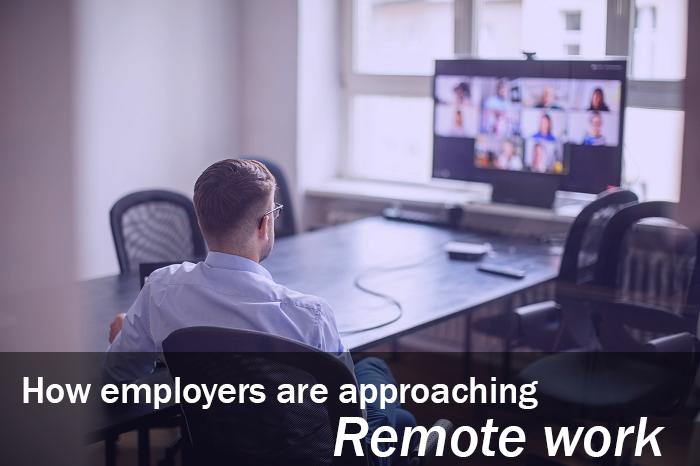Before the COVID-19 pandemic, workplace flexibility had gained traction within HR circles, primarily as a workplace incentive to combat the struggle in attracting and retaining talent.
Today, the pandemic has transformed flexibility from a desirable perk into a powerful people practice, one that is expected to endure well after COVID-19 is in the rearview mirror, according to recent research from Mercer.
Lauren Mason, principal at Mercer, explains that the pandemic has reshaped both employer and employee expectations regarding flexibility. While flexibility from work primarily was offered through a combination of emergency leave and paid sick time and flexibility at work featured options such as work from home and job sharing, flexibility overall today has taken on a new meaning, as a result of nationwide school and office closures.
“As employers look towards reinvention, pre-COVID approaches to flexibility may no longer be sufficient,” Mason says.
Mercer reports, in fact, that over 83% of organizations will continue workplace flexibility at a greater scale post-pandemic. She adds that COVID-19 has resulted in a great “experiment” for many organizations around flexibility, noting that office and school closures have resulted in real-time innovation.
“Companies have found–many somewhat surprisingly–that this experiment went much better than expected, with over 90% of employers saying productivity has stayed the same or increased as a result of remote working,” she says, noting that, as a result, Mercer is now seeing employers looking to real flexibility transformation post-pandemic.
While the most transformational shift around flexibility will likely be remote working, she warns it’s critical that employers take an inclusive approach that allows for flexibility as a central part of the value proposition for all employees, regardless of role.
“While all jobs may not be able to flex on where they work (e.g., remote working), all jobs can flex in some way–such as when they work, what they do, how the work is done or who does the work,” she says.
Mason believes this new approach to inclusive flexibility has been brought to prominence in a couple of ways:
- The pandemic has shown the criticality of frontline workers to business continuity. Focusing only on remote working potentially disenfranchises this critical segment of a workforce, Masons says. Exploring other opportunities for flexibility for these employees will provide the opportunity to deliver better talent outcomes for all workers.
- According to the Bureau of Labor Statistics, both parents are working in 60% of families in America. Mason explains that while remote working can help support caregivers, employees will need continued flexibility with when and how work gets done, particularly in the face of school closures but also beyond as they seek to attract and retain working parents in their organization.
Related: 8 trends in employer support for the childcare crisis
In short, workplace flexibility is a game-changer for employers in the post-COVID world.
“We are seeing sizeable shifts when it comes to remote working plans–with one in three organizations reporting that they will have half or more of their workforce remote, and three-quarters stating that they will have more than 25% of their workforce remote,” Mason says.
Mason believes that sustaining this level of flexibility at scale will require a transformation of people, processes and infrastructure to ensure that employers maintain–or enhance–the employee experience in a flexible environment and deliver on the value of flexible working with key outcomes such as engagement and productivity.



